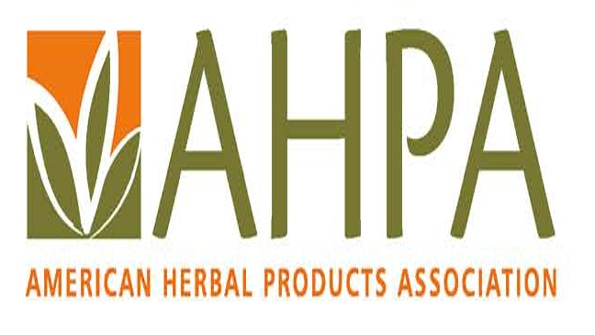AHPA submitted comments expressing significant concerns regarding a draft report on the toxicology of a specific green tea extract.
May 13, 2014

The American Herbal Products Association submitted comments on May 8 expressing significant concerns and recommending revisions regarding a draft technical report on studies conducted by the National Toxicology Program (NTP) on the toxicology of a specific green tea extract.
Despite noting that there is "a wide variation in concentrations of catechins and caffeine in different green tea extract products," the language of the draft report implies that the specific green tea extract used in two studies is similar to other green tea leaf extracts, AHPA's comments state.
To address this issue, AHPA recommends two specific revisions to the draft report titled NTP Technical Report on the Toxicology Studies of GreenTea Extract in F344/NTac Rats and B6C3F1/N and Toxicology and Carcinogenesis Studies of Green Tea Extract in Wistar Han [Crl: WI (Han)] Rats and B6C3F1/N Mice (Gavage Studies):
The title should be changed to accurately reflect that the specific green tea extract used in these studies is a unique ingredient that may or may not be similar to other green tea leaf extracts marketed in the U.S.
All statements that claim or infer that the green tea extract used in the studies is similar to other green tea extracts should be removed.
"Although the draft provided only an incomplete description of the test material, it appears a unique extract of green tea (presumably leaf) was used and this particular extract may or may not be similar to other green tea leaf extracts marketed in the U.S.," said AHPA President Michael McGuffin. "The report should make every effort to clarify that these studies are only relevant to the specific green tea extract used and not necessarily relevant to other extracts."
AHPA's comments highlight that the description of the material used in the studies referenced by the NTP draft report is incomplete because it fails to identify the part of the tea plant (i.e., Camellia sinensis) or the solvent used to manufacture the extract.AHPA also asserts that a wide variety of green tea leaf extracts exists in the U.S. marketplace, and that numerous additional factors can be relevant to differentiating these various ingredients.
AHPA also notes that the U.S. Senate Appropriations Committee urged NTP "to be highly precise when describing the results of its studies on particular extracts of an herbal species to avoid any possible confusion about the relevance of such studies to other extracts of the species."
"AHPA encourages the NTP Peer-Review Panel to take this Senate urging into account and revise the draft report accordingly," McGuffin said.

You May Also Like


